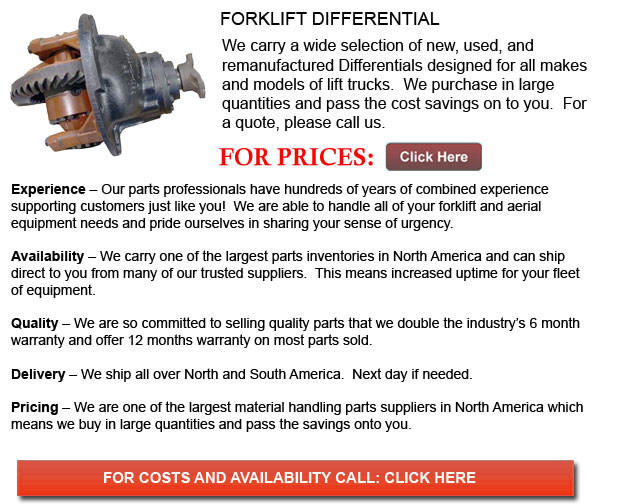
Differential for Forklifts - A mechanical machine which can transmit torque and rotation via three shafts is called a differential. Occasionally but not at all times the differential will utilize gears and would function in two ways: in vehicles, it receives one input and provides two outputs. The other way a differential works is to combine two inputs to be able to produce an output that is the average, difference or sum of the inputs. In wheeled vehicles, the differential allows each of the tires to rotate at different speeds while providing equal torque to all of them.
The differential is designed to power the wheels with equivalent torque while likewise enabling them to rotate at various speeds. When traveling round corners, the wheels of the cars will rotate at various speeds. Some vehicles such as karts operate without utilizing a differential and utilize an axle as an alternative. Whenever these vehicles are turning corners, both driving wheels are forced to spin at the identical speed, typically on a common axle which is driven by a simple chain-drive mechanism. The inner wheel must travel a shorter distance as opposed to the outer wheel when cornering. Without a differential, the result is the outer wheel dragging and or the inner wheel spinning. This puts strain on drive train, causing unpredictable handling, difficult driving and deterioration to the roads and tires.
The amount of traction necessary to be able to move whatever car would depend upon the load at that moment. Other contributing factors consist of gradient of the road, drag and momentum. One of the less desirable side effects of a traditional differential is that it can reduce grip under less than ideal situation.
The outcome of torque being supplied to each wheel comes from the transmission, drive axles and engine making use of force against the resistance of that traction on a wheel. Usually, the drive train will supply as much torque as required unless the load is very high. The limiting factor is normally the traction under each and every wheel. Traction could be defined as the amount of torque which can be produced between the road surface and the tire, before the wheel starts to slip. The vehicle would be propelled in the intended direction if the torque used to the drive wheels does not go beyond the limit of traction. If the torque used to each and every wheel does go beyond the traction threshold then the wheels would spin continuously.
![]() Click to Download the pdf
Click to Download the pdf
Forklift Parts

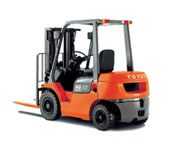
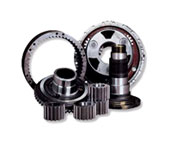


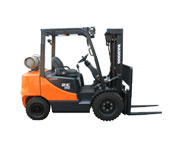
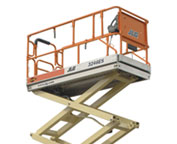
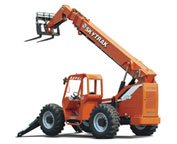
Lift Parts Express
TOLL FREE: 1-888-695-7994
LOCAL: 909-327-3114
928 N San Fernando Blvd J-152
Burbank, California
forkliftpartsburbank.com
Email Us
About Us


